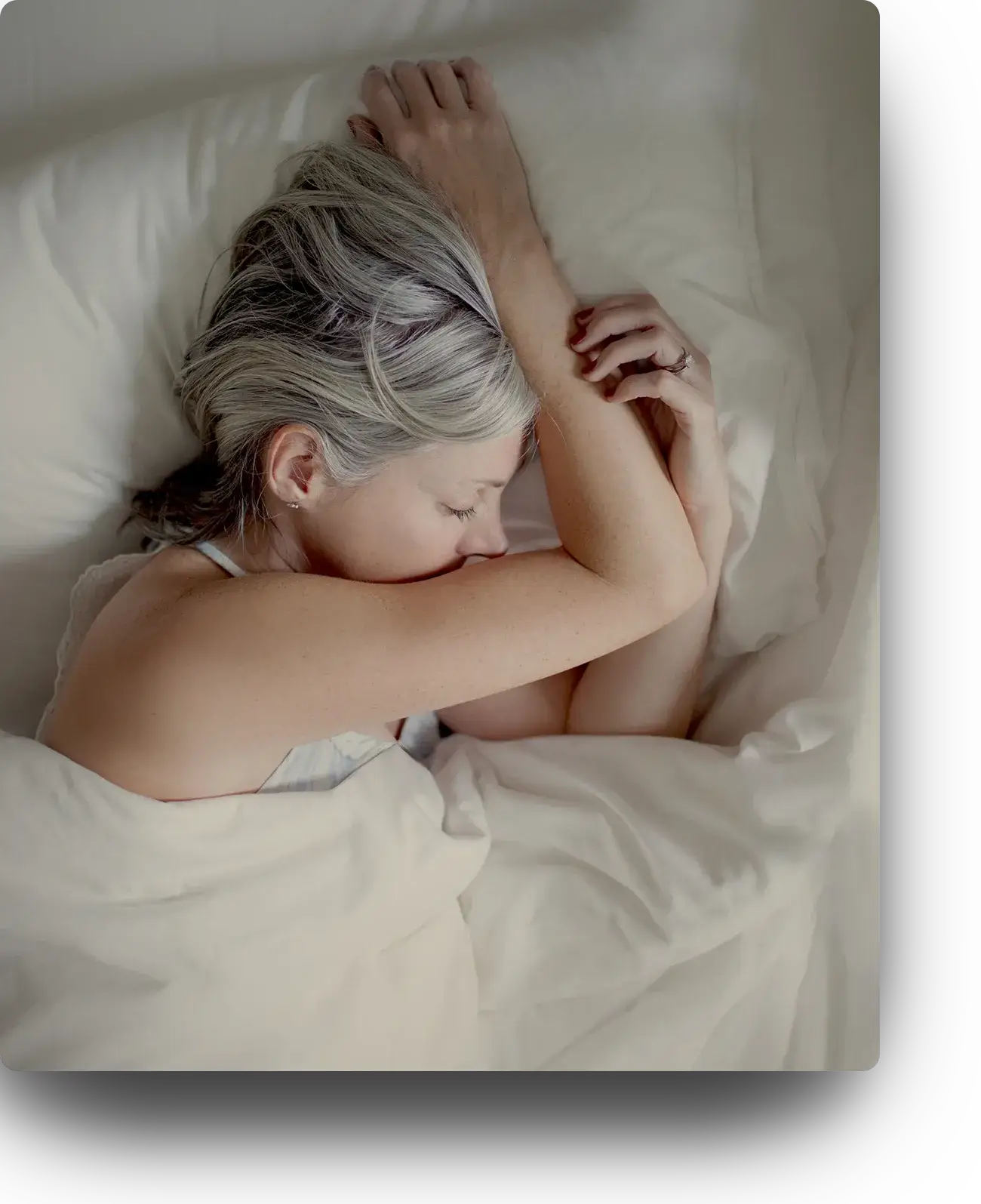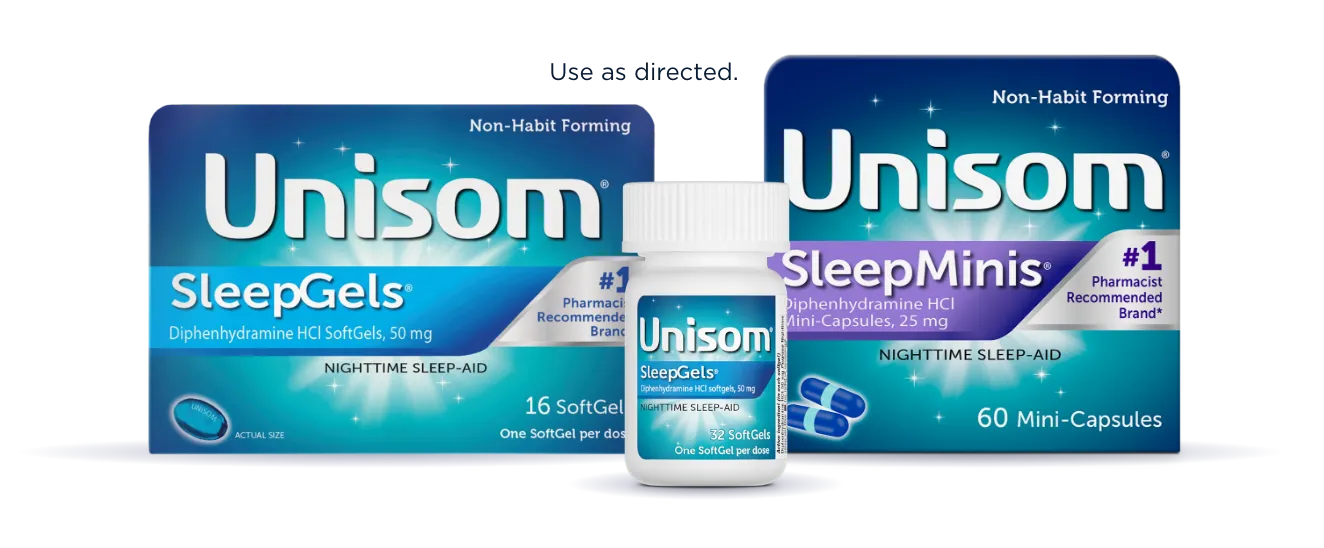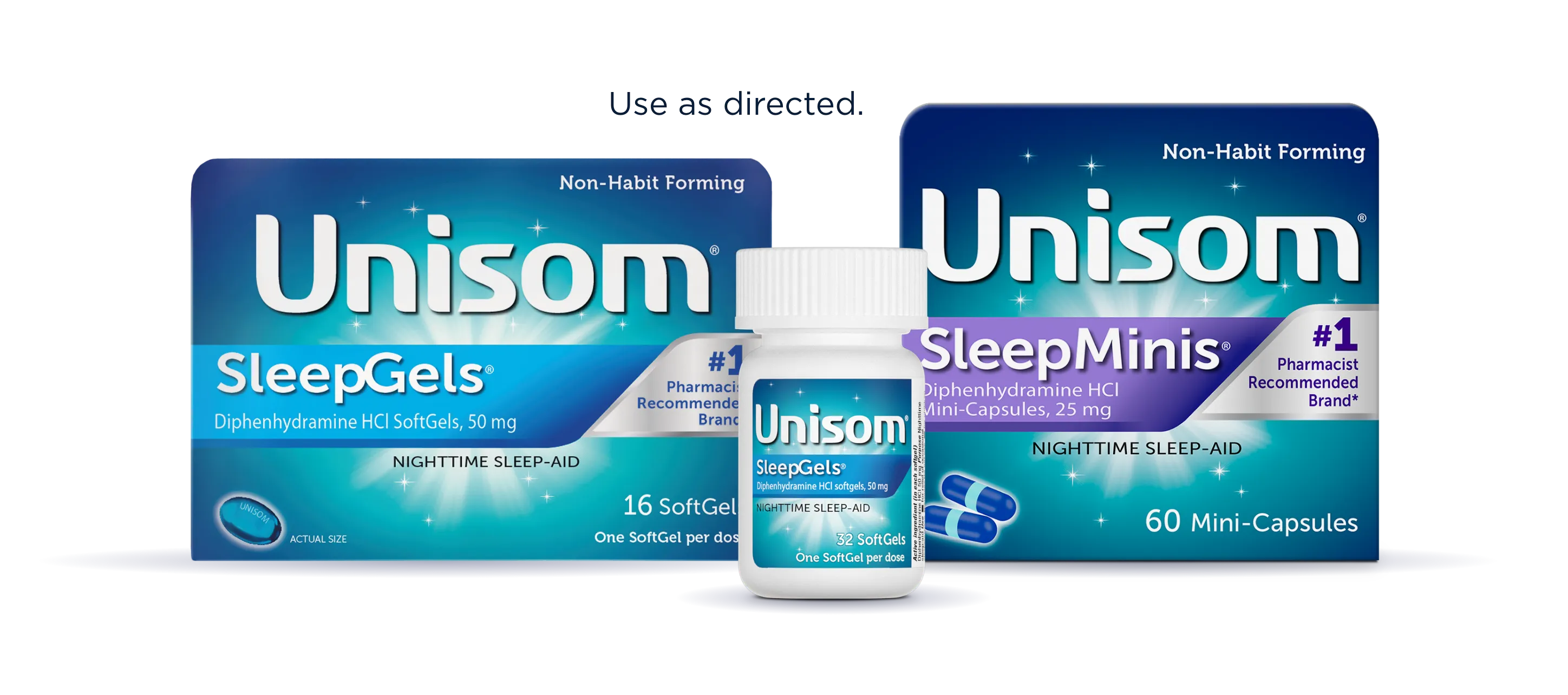Your bedroom is so much more than simply a place to pass out at the end of a long, tiring day. In today’s chaotic world, it should be a safe space to relax—a sleep oasis where you can allow your mind to unwind as you recoup and peacefully drift off to dreamland. In fact, the way you set up your sleep environment can make all the difference when it comes to getting the quality Zzzs your body requires each night.
Keep reading to discover our top tips on how to make your bedroom an oasis to help promote better sleep and leave you feeling more refreshed each morning.
What Is a Sleep Oasis?
“Sleep oasis” is a term used to represent the ideal bedroom for sleeping. This is achieved by organizing your sleeping space in such a way that it is soothing, relaxing, and conducive to a good night’s rest. And since you will spend approximately one-third of your life either sleeping or trying to sleep,1 it’s easy to see why the optimization of your bedroom is so worthwhile. However, sleep optimization requires some careful thought and planning—taking into consideration all five senses, as well as the type of bedroom oasis that will best suit your individual needs.
10 Ways To Create a Relaxing Sleep Oasis
There are a few fundamental rules to keep in mind when transforming your sleeping space into the “Goldilocks zone,” where all parts of your bedroom are “just right” for a truly relaxing night’s sleep. Follow these simple bedroom oasis ideas to help you start dozing off in a more soothing sleep environment.
1. Keep it dark
When it’s dark, your body naturally produces a hormone called melatonin, which helps regulate your circadian rhythm (or sleep-wake cycle) and signals to your body that it’s time to wind down for bed. So, to create the ideal sleep oasis, you’ll want to keep your bedroom dark. High-quality sleeping masks or blackout curtains are a great way to help keep your bedroom peacefully dark. Additionally, replace any bright, harsh bedroom lighting with soft, dim lighting alternatives—such as mood lighting or soft night lights. It’s generally recommended to stick to lower wattages, between 45 to 50 watts, for the perfect tranquil, ambient nighttime lighting.
2. Declutter all surfaces
A 2010 study found that participants who described their home as cluttered actually reported more feelings of stress while at home.2 And since stress is a common cause of sleep troubles, you’ll want to banish any unnecessary clutter in your bedroom oasis. The goal is a “less is more” approach that focuses only on the necessities, as well as a few key items that bring you feelings of calm, relaxation, and joy. Your nighttime sanctuary should be minimalistic, with your bed as the main focus and a couple meaningful accessories (like a framed picture or fresh flowers) on the nightstand.
3. Set the tone with soothing colors
Some studies suggest that certain colors may actually help promote feelings of calm and relaxation.3 These colors include pastel shades like pale blue and light purple—as well as neutral shades like beige, white, taupe, and cool gray. Choosing the right colors for your sleep oasis will help set a soothing tone throughout the entire space and make it feel even more zen-like. You can also add some fresh flowers or house plants to help remove toxins and purify the air, while also enhancing the zen-like aesthetic and positive energy of your space.
4. Incorporate calming scents and tastes
Take your sleep sanctuary to new levels of calm by adding the right scents and tastes at bedtime, such as a lavender pillow spray or warm chamomile tea, which are shown to aid in relaxation. You can also help set the tone for sleep by listening to soothing sounds, like Autonomous Sensory Meridian Response (ASMR), which are audio-visual triggers—such as tapping, whispering, or slow and repetitive hand movements—believed to help elicit relaxing sensations throughout the body. Having a glass of warm milk with nutmeg may also help you drift off more easily, since milk contains a snooze-promoting amino acid known as tryptophan. Choose a combination of scents, sounds, and tastes that work best for you, and try to stick to a consistent nighttime routine.
5. Lower the thermostat
Try to keep the temperature on the cooler side, ideally between 60 and 67 degrees Fahrenheit. This is because your body temperature naturally drops in order to initiate sleep, making it easier for you to drift off. If you don’t have a climate control thermostat in your sleeping space, you can also try tactics such as using a fan to promote air flow or taking a quick, cool shower before bed. Be mindful of using seasonally appropriate sleepwear and bedding, such as light “breathable” linens or cotton sheets that promote ventilation during warmer months.
6. Drown out disruptive noises
The ideal relaxing sleep atmosphere should be a quiet and welcoming space, with minimal noise from disruptors that commonly cause fragmented sleep—like traffic noise, barking dogs, or a leaking faucet. Try adding a white noise machine for some soothing sounds, or invest in traditional earplugs or an electrical fan for your bedroom retreat. Turn off any noise coming from your TV or electronics devices, and keep noisy pets outside of the bedroom if you suspect they may be disrupting your slumber. Additionally, since 50 percent of the population snores, according to the American Sleep Association,4 it may be useful to consider some bedtime snoring remedies if you share your bed with a snoring partner.
7. Make it comfortable
Focus on function first and foremost (how your bedding feels) over style (how it looks), and choose a mattress and pillows that are supportive and extra comfortable. You may want to experiment with textures and quality fabrics (like cotton, bamboo, or linen) to see which ones are most soothing to you. Allow your personal style and preferences for comfort to dictate what an ideal bedroom will look like for you, from the color accents you choose to the additions of a soft bedside rug, meaningful wall art, throw blankets, and more.
8. Reassess your mattress
Research has found that poor quality mattresses are related to sleep discomfort, and that by replacing mattresses with better quality ones, it’s possible to lessen pain and discomfort and enhance sleep quality in people with chronic back pain.5 A medium-firm mattress is generally considered the best option for spinal alignment and overall sleep quality. And the Better Sleep Council recommends replacing your mattress about every seven years (or whenever it shows visible signs of wear and tear).6 If budget restraints make purchasing a new mattress for your relaxing sleep sanctuary an impossibility, you may be able to find temporary support in alternatives like a high-quality mattress topper.
9. Remove or limit electronics
According to the 2011 Sleep in America survey, approximately four out of every 10 Americans bring their cell phone into bed with them.7 However, using electronic devices before bed can keep you from falling and staying asleep as a result of blue light emissions. Blue light suppresses your body’s production of melatonin (also known as the “sleep hormone”) more than any other type of light—therefore disrupting your body’s circadian rhythm. We recommend putting away all screens a few hours before bedtime, or using blue light-blocking glasses to help minimize these unwanted effects.
10. Check the location of your furniture
The location of your bed and any other furniture in the room can impact how inviting the room feels when you enter it. For example, feng shui practitioners recommend placing your bed against the main interior wall whenever possible, away from any windows or doors. It’s also important to look for any obstructions or safety hazards that may cause you to trip during nighttime visits to the restroom.
Does Having a Relaxing Sleep Oasis Guarantee Good Sleep?
Voila! You’ve transformed your bedroom into the ultimate sleep oasis. Does this mean you’re guaranteed to sleep soundly through the night? Not quite. Following a consistent sleep schedule and good sleep hygiene practices are two other fundamentals that are just as important as optimizing your bedroom environment for good sleep. Similarly, your sleep oasis should be an ongoing project. Try keeping a diary where you can jot down ideas and inspiration, as well as track how certain changes to your sleep oasis have affected your slumber.
Rest Assured
Now that you have your relaxing sleep sanctuary, it’s also nice to know that a bit of extra support is available when you need it. Unisom® is here for you, the #1 pharmacist- and doctor-recommended OTC sleep-aid brand. You can count on us to help you fall asleep, stay asleep longer, and wake up feeling refreshed,† with a range of options that include the below products.
Unisom® SleepGels® contain the histamine blocker sleep-aid diphenhydramine HCl. Blocking histamine production can help you fall asleep faster and stay asleep.
Unisom® SleepTabs® contain doxylamine succinate, which is a clinical-strength histamine blocker sleep-aid that works in a similar fashion to diphenhydramine. Unisom® SleepTabs® can help you fall asleep 33% faster and get a full night's sleep.
Find the Unisom product that’s right for you and download the Unisom Sleep Diary.
|
† These statements have not been evaluated by the Food and Drug Administration. This product is not intended to diagnose, treat, cure or prevent any disease. |
This article is not a substitute for medical advice. Unisom is only intended to help with occasional sleeplessness. If you are suffering from ongoing sleep concerns, seek the help of a medical professional.
Professional References
1. Aminoff, Michael J et al. “We spend about one-third of our life either sleeping or attempting to do so.” Handbook of clinical neurology vol. 98 (2011): vii. doi:10.1016/B978-0-444-52006-7.00047-2
2. Saxbe, Darby E, and Rena Repetti. “No place like home: home tours correlate with daily patterns of mood and cortisol.” Personality & social psychology bulletin vol. 36,1 (2010): 71-81. doi:10.1177/0146167209352864
3. Levi, Rebecca. “Best Bedroom Colors for Sleep.” Sleep.Org, Medically Reviewed by Sherrie Neustein, M.D., Last updated 17 Sept. 2021.
4. ASA Authors & Reviewers. “Best Anti-Snoring Mouth Guards, Mouthpieces, and Snoring Devices.” American Sleep Association, 9 Dec. 2021.
5. Jacobson, Bert H et al. “Effect of prescribed sleep surfaces on back pain and sleep quality in patients diagnosed with low back and shoulder pain.” Applied ergonomics vol. 42,1 (2010): 91-7. doi:10.1016/j.apergo.2010.05.004
6. The Better Sleep Council. “The Ideal Bedroom.” Start Every Day with a Good Night’s Sleep, 30 Nov. 2018.
7. “How Electronics Affect Sleep.” Sleep Foundation, 1 Apr. 2022.
†These statements have not been evaluated by the Food and Drug Administration. This product is not intended to diagnose, treat, cure or prevent any disease.


